Book of the Day Roundup April 2-April 6

How to Sell Your Family to the Aliens
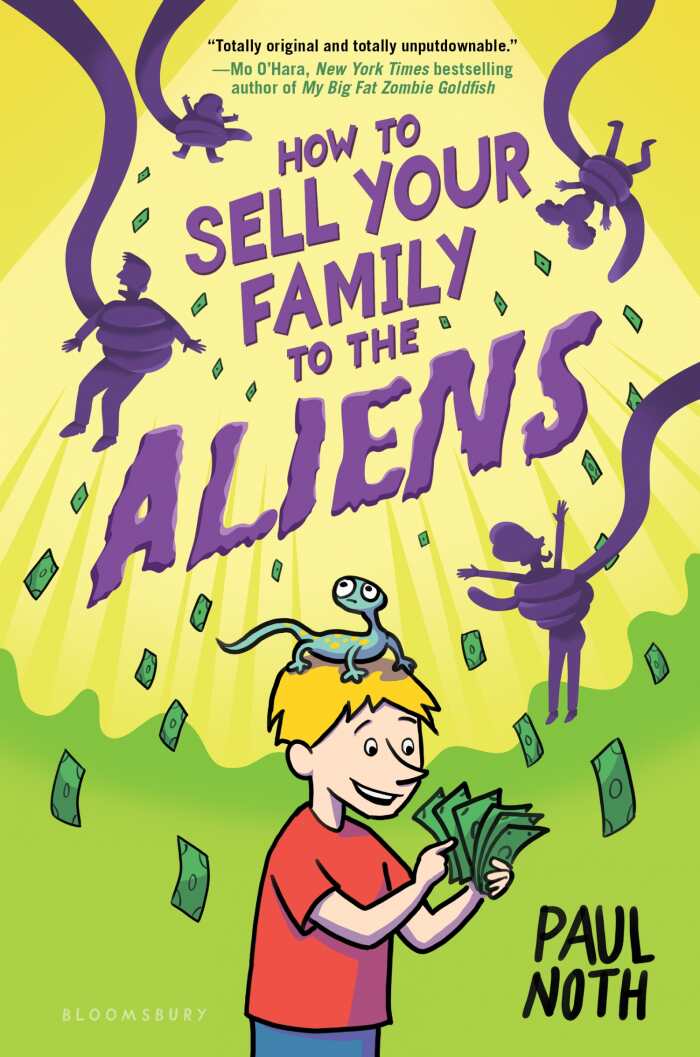
Paul Noth
Bloomsbury
Hardcover $13.99 (224pp)
978-1-68119-657-2
Buy: Local Bookstore (Bookshop)
From its very first outrageous sentence, Paul Noth’s How to Sell Your Family to the Aliens is hysterically funny. An evil grandmother, an oblivious father, an absent mother, and a group of siblings with various odd skills and abilities set the scene for misadventures.
Happy Conklin Jr. is ten years old, and is the only son in a family with six children. His brilliant father’s inventions have made the family extremely wealthy, but all of the money is controlled by Hap’s evil grandmother, who keeps the family in two small rooms in the basement of her mansion.
The five eldest siblings have all been experimented on by their grandmother; one can see the future, the fraternal twins become entirely identical, and one is a compulsive kleptomaniac. Hap himself has been able to grow a full beard since he was a baby.
While Hap’s mom is away on business, the older children take turns watching the baby, trying to protect her from their grandmother. In an attempt to get his grandmother away from himself and the baby, Hap accidentally sells his entire family to a group of aliens. Now he must figure out where they are and how to get them back, with no one but a little lizard named Squeep to help him.
This is an incredibly imaginative story. Each decision that Hap makes seems to result in greater strangeness and hilarity; it’s impossible to predict what will happen from one page to the next.
This is the first book in a planned series to be written and illustrated by cartoonist Paul Noth. It is sure to have everyone laughing out loud and looking forward to the next installment.
CATHERINE THURESON (February 27, 2018)
Brave New Arctic
The Untold Story of the Melting North
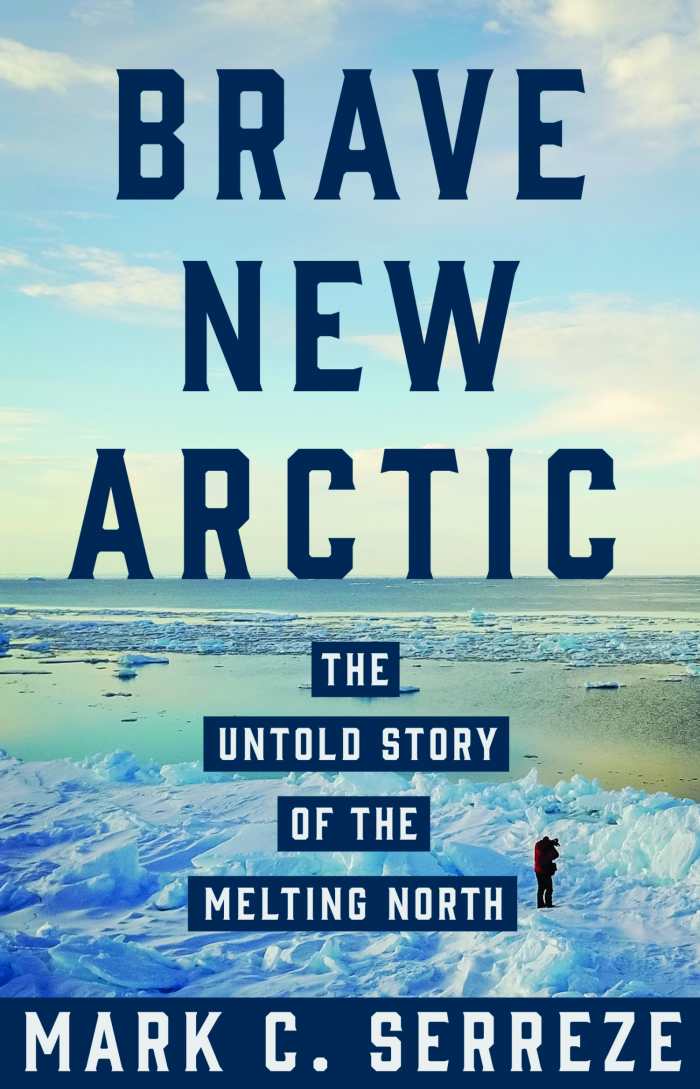
Mark C. Serreze
Princeton University Press
Hardcover $24.95 (248pp)
978-0-691-17399-3
Buy: Local Bookstore (Bookshop)
Geographer Mark C. Serreze admits that it took him a while to fully understand how human actions cause drastic environmental changes in the Arctic. However, when mounting evidence helped him reach his “epiphany,” he shifted gears quickly, becoming an ardent advocate for the endangered polar region. His book sounds a clarion call about the global consequences of a melting north.
Serreze started his scientific career as a graduate student measuring ice caps in the Canadian Arctic. His narrative follows his path to becoming an expert on sea ice and Arctic physical geography. Concurrently, he summarizes scientific advances in data collection, computerization, and climate modeling that enabled scientists to tease out human influence from natural variability in the warming global climate.
Though full of acronyms and complex concepts, Serreze’s text is clear, accessible to a popular audience and accompanied with numerous illustrations. Weather wonks and fans of polar adventure will be especially riveted as Serreze describes “Arctic amplification”—the various environmental feedback loops that enhance rising air and water temperatures, a melting cryosphere, and altered sea and wind circulation. He patiently builds the case for action to reverse these patterns, which cause extreme weather and rising sea levels elsewhere, too.
At times the book has the feeling of a suspenseful detective novel, with dedicated scientist protagonists trying to beat the clock against impending environmental disaster, all the while battling self-interested political and corporate actors who lust after “resources” that can more easily be extracted from an ice-free zone and who threaten important research work with lawsuits and funding cuts. At other times, there is a melancholy tone as the author elegizes with past observations of a frozen landscape that will never be the same again.
Brave New Arctic paints a chilling scenario for a rapidly warming polar region if scientists and government leaders cannot find a way to work together—and soon—to reverse the worst aspects of climate change.
RACHEL JAGARESKI (February 27, 2018)
All Out of Pretty
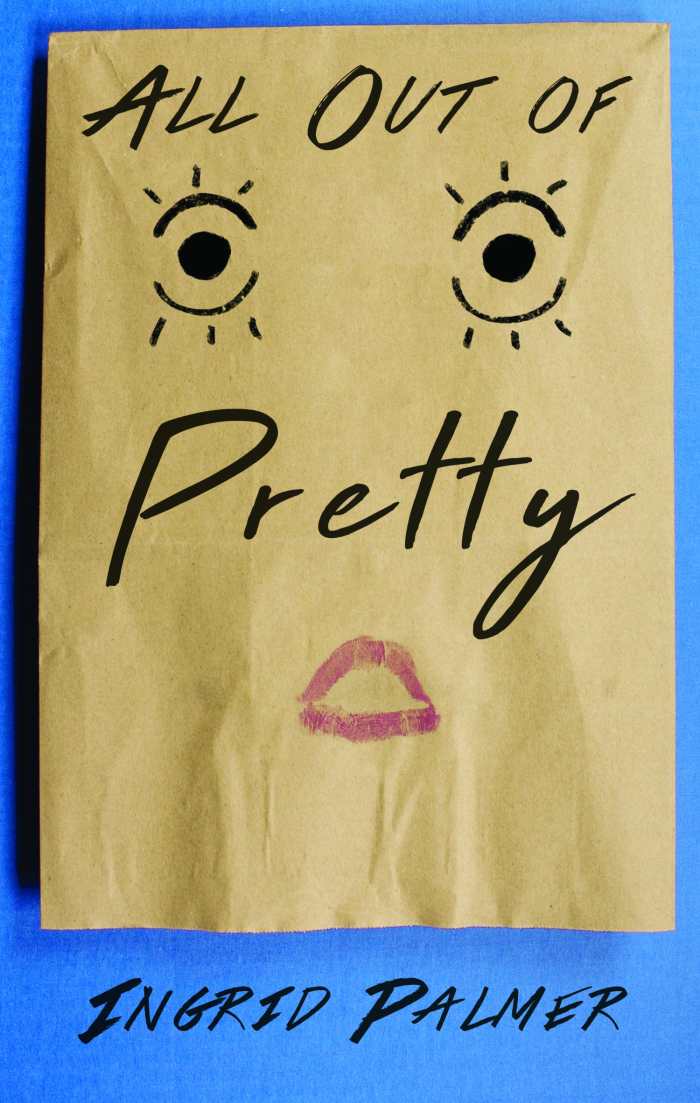
Ingrid Palmer
Creston Books
Hardcover $16.99 (350pp)
978-1-939547-48-4
Buy: Local Bookstore (Bookshop)
All Out of Pretty is a horrifying story about a young girl with nothing left to lose—and what she does in her desperation.
Andrea lives a normal life. She worries about school, has plenty of friends, and enjoys the fringe benefits of being pretty. She also lives with her grandmother—a situation preferable to dealing with her irresponsible mother. When her grandmother dies, Andrea’s life changes overnight.
Andrea’s mother, Ayla, has drug and alcohol problems, and is used to living off of her hookups. Though forced to take care of her daughter, she does not change her lifestyle one bit. Andrea is left waiting outside bars for her mother to emerge. She eats whatever she happens to find in the homes of the men her mother sleeps with. When Ayla hooks up with a dangerous drug dealer, he offers Andrea the food and shelter that she craves—at a price.
The deeper Andrea goes into her new lifestyle, the farther she pulls away from who she was. Her beauty makes her stand out; she often wishes it away, willing to trade it for more practical things. She feels twisted and ugly inside. She holds new friends at a distance for their own protection.
Andrea is a complicated protagonist who draws out protectiveness and sympathy from her audience even as her actions veer into deeply questionable territory. Do the ends justify the means? That question recurs throughout the novel, which finds an ultimately innocent girl engaging in many dangerous, wrongful behaviors.
All Out of Pretty is a disturbing novel that follows a young woman who is threatened into submission and who lives opportunity to opportunity, all simply to to survive.
HANNAH HOHMAN (February 27, 2018)
The Lemonade Year
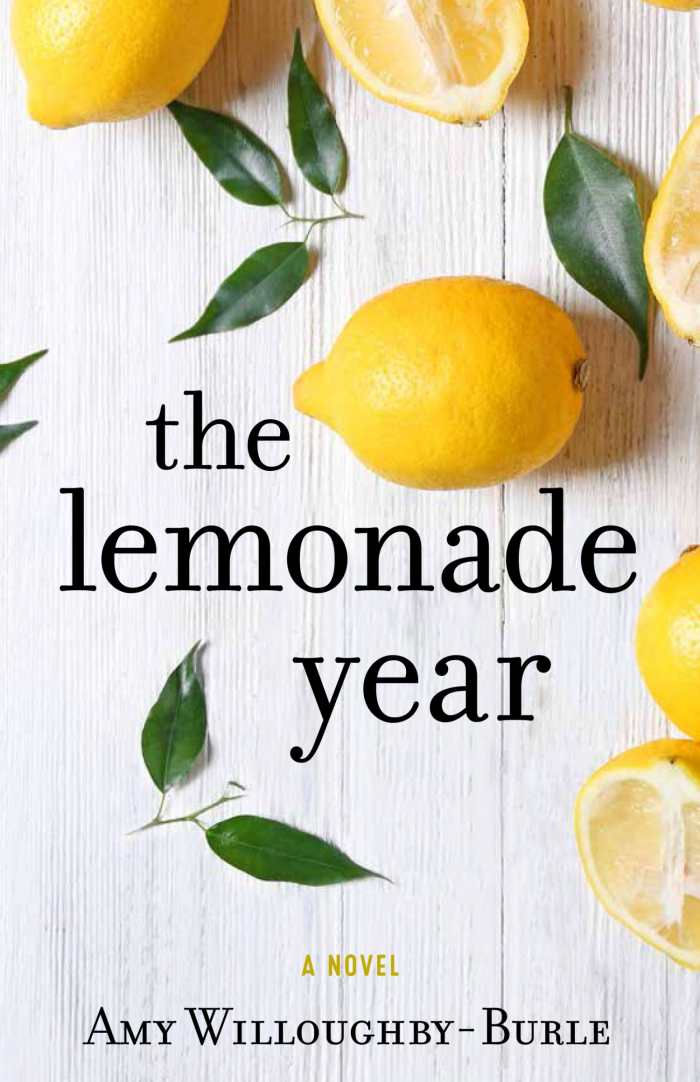
Amy Willoughby-Burle
Shadow Mountain Publishing
Softcover $15.99 (352pp)
978-1-62972-411-9
Buy: Local Bookstore (Bookshop)
Sweet and tangy, The Lemonade Year is a lighthearted romance that takes on heavy issues like divorce, miscarriage, and family dysfunction.
Food photographer Nina Griffin is pretty sure that life after divorce is just the pits. Everything that she was counting on—her marriage, parents, job, and family—is suddenly put in jeopardy. Nina quickly realizes that her usual coping methods, which range from carrot cake to cute guys, aren’t going to dig her out of the hole she’s in, either. As she tries to negotiate the difficult events of her “lemonade year,” Nina must learn to identify what really matters in her life and how far she’s willing to go to secure it.
Relatable, sassy, and genuine, Nina is a wonderful character who lights up the pages of The Lemonade Year. As a photographer, her perspective is visual and adds many fun details to the landscape of the novel. Nina is a keen observer: one day, visiting her sister Lola, she reflects, “She tried so hard to hide the braces on her legs, to walk slowly so she wouldn’t need to limp, but inside her room, she would take off the leg warmers, sit in the sun, and let the light gleam off the metal casings on her ankles.” Nina understands that part of loving someone is paying attention to them. In The Lemonade Year, she discovers the pleasure of finally feeling seen herself.
This deft, quick novel moves easily through Nina’s many ups and downs. It takes on big issues, from losing a family member to coping with a brain injury, but its language remains light and friendly, promising that no matter how bad things get, Nina can still have the life she desires.
The Lemonade Year is a smart, satisfying romance that balances life’s sour moments with its sweet ones.
CLAIRE FOSTER (February 27, 2018)
Never Cry Halibut
And Other Alaskan Hunting & Fishing Tales
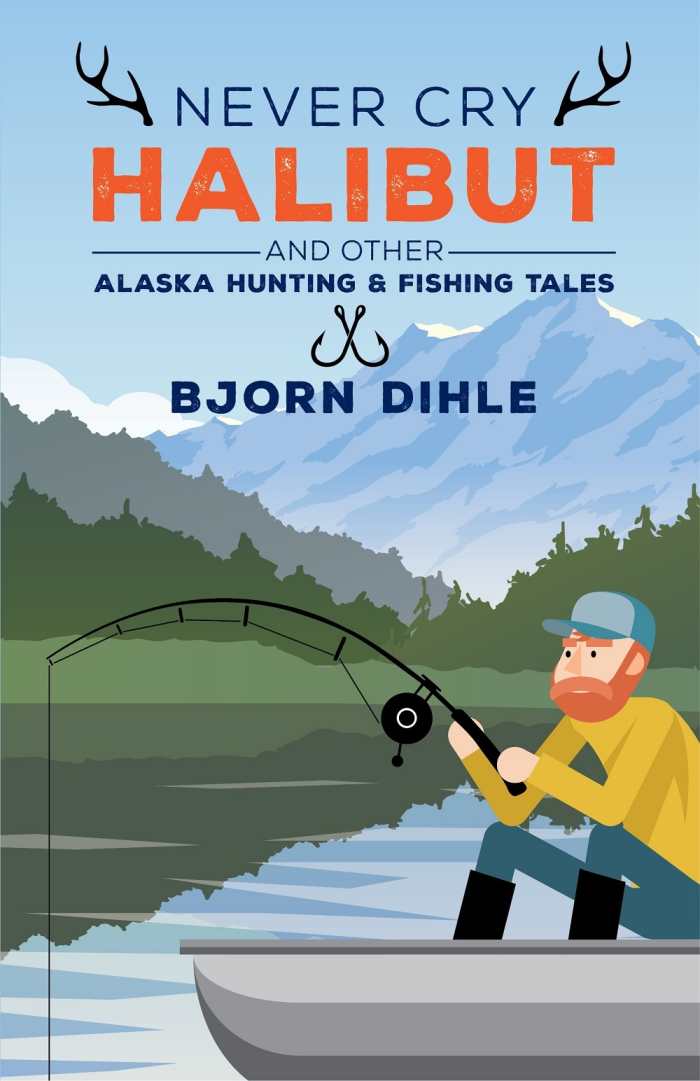
Bjorn Dihle
Alaska Northwest Books
Softcover $16.99 (200pp)
978-1-5132-6092-1
Buy: Local Bookstore (Bookshop)
Bjorn Dihle’s fine essays speak to the greatness of the Alaskan outdoors.
When he was young, Dihle’s parents decided to move from Sacramento to Juneau, Alaska. His essays loosely chronicle his adventures from growing up there, including hunting his first deer, learning to fish, and exploring the world around him. The book is peopled by Dihle’s family and friends, who teach him much and who try to keep him from running off on too many harebrained schemes.
It pretty quickly becomes clear that the true star of the book is Alaska’s land and the wonders that surround Dihle in that great wilderness. Writing moves effortlessly from descriptions of grand vistas to small details of hunting trails, all mixed together with the drama of life and death.
But there’s also the blood and guts of hunting; the shots that Dihle takes are related with attention to detail. It’s not gratuitous; in Alaska, hunting is a way to harvest food, to find an excuse to explore nature, and to connect with fellow creatures.
Most of all, Dihle’s book is funny, and a range of it. There are slapstick-funny moments—accounts of people falling, tripping, and climbing trees. There are also puns galore. Picture teenage Dihle entranced by “hooters”—meaning wood grouse, not the other kind. This book is not highbrow, but it’s not too earthy, either.
Strong personal essays need to be about something more than just the person telling the story; they need to touch something grander and more important than a moment. Never Cry Halibut meets that bar, offering a collection that speaks to the human need to explore, understand, and dream about the wilderness beyond our door.
JEREMIAH ROOD (February 27, 2018)
Hannah Hohman
